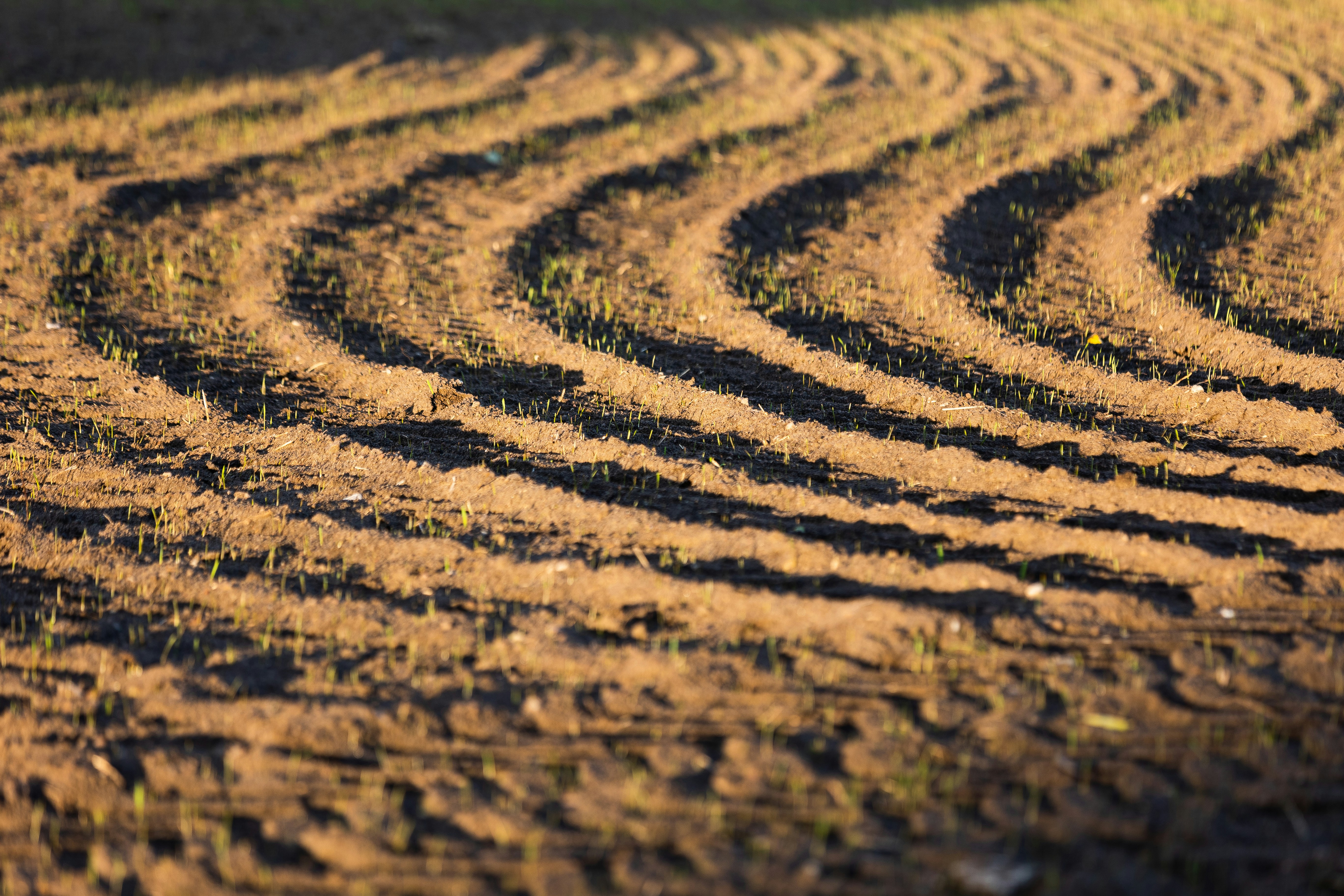Key Takeaways:
- Widespread Impact: Multiple degradation drivers threaten up to 35% of Europe's agricultural and arable lands.
- Comprehensive Analysis: The study examined land degradation through 12 processes across 40 European countries.
- Spatial Interactions: Significant variations in degradation patterns were found across national and continental boundaries.
- Policy Implications: The findings are crucial for developing targeted strategies to mitigate land degradation and achieve sustainability goals.
- Urgency for Action: With 10-11% of lands affected by at least five degradation processes, immediate action is required to prevent irreversible damage.
Overview of the Study
A groundbreaking study led by Remus Prăvălie and colleagues in 2024 provides a detailed analysis of the complex issue of land degradation affecting Europe’s agricultural landscapes. Published amid growing concerns about sustainable agricultural practices, the research examines the converging and interacting pathways of land degradation across 40 continental European countries, focusing on agricultural and arable lands.
Scale of Land Degradation
Utilizing a sophisticated Land Multi-degradation Index, the study reveals alarming figures: approximately 27%, 35%, and 22% of continental agricultural lands (~2 million km²) and arable lands (~1.1 million km²) are at risk from one, two, and three degradation drivers respectively. Notably, 10-11% of these landscapes suffer from the cumulative effects of four or more concurrent degradation processes.
Methodology and Data Analysis
The research team employed twelve dataset-based processes to model the convergence and combination of degradation pathways. This method allows for an unprecedented understanding of how different degradation factors interact and affects vast tracts of land. The comprehensive datasets and advanced modeling techniques provide a new lens through which the scale and complexity of land degradation can be viewed.
Geographic Distribution and Patterns
The study also sheds light on the spatial distribution of degradation processes, highlighting the major combinations of degradation pathways across different regions. This aspect of the research emphasizes the variability and complexity of land degradation, which does not respect national or continental boundaries, posing a significant challenge for policymakers.
Implications for Policy and Future Research
The findings of this extensive study are set to play a crucial role in shaping future environmental policy and sustainable development strategies within Europe. By providing detailed, localized information about degradation patterns, the study equips policymakers with the knowledge necessary to design effective mitigation strategies tailored to the specific needs and conditions of the affected regions.
Read the complete study here.
Photo by Carl Tronders on Unsplash


